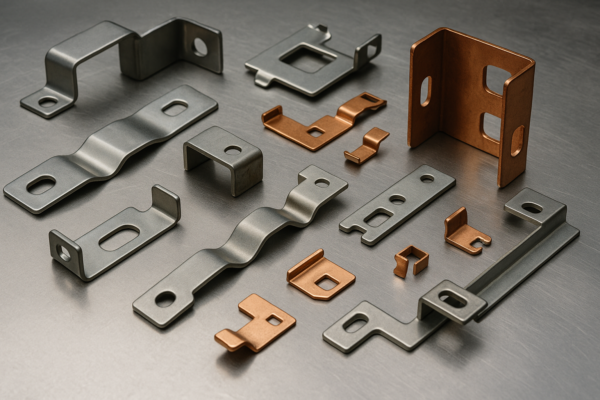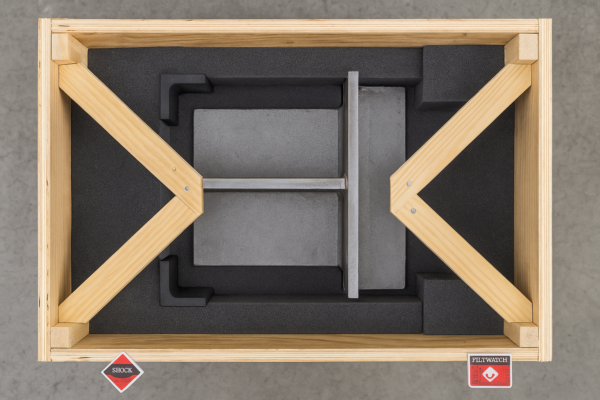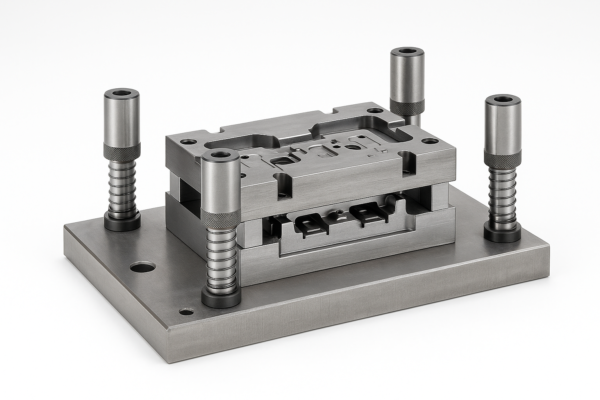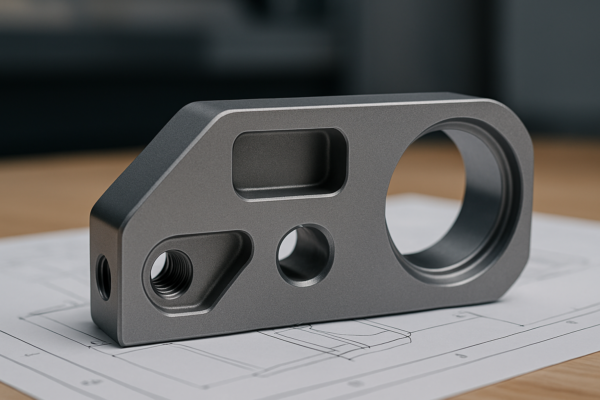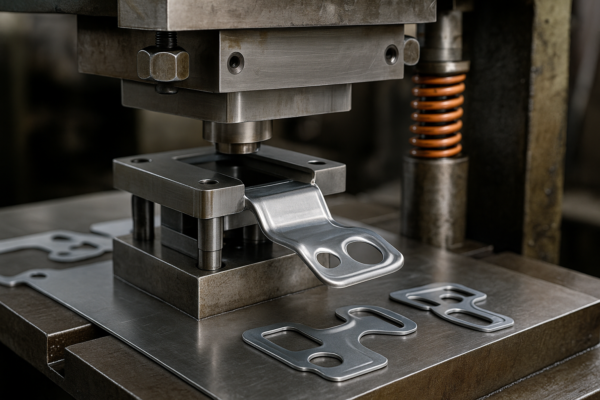What is the Difference Between 7014 and 7018 Welding Rod?

Choosing the wrong welding rod often results in weak welds, costly rework, and serious safety risks.
The 7014 and 7018 welding rods differ significantly in ease of use, weld penetration, hydrogen levels, and ideal applications. While 7014 rods suit beginners and simple repairs, the 7018 rods provide stronger welds essential for critical structural tasks.
Understanding these differences clearly helps you select the correct rod for your specific welding needs.
What is a 7014 Welding Rod Used For?
If you’re looking for a beginner-friendly welding rod, the 7014 rod simplifies many common welding tasks.
The 7014 rod is ideal for general-purpose welding projects like farm equipment repairs, automotive bodywork, and household DIY tasks. It offers easy arc control, produces clean beads with minimal spatter, and works best in flat and horizontal positions.

Dive Deeper: Practical Advantages and Limitations of 7014 Rods
Here’s a quick overview of key pros and cons:
| Application | Advantages | Limitations |
|---|---|---|
| Farm Repairs | Easy handling, minimal surface prep | Not suitable for heavy structural welds |
| Auto Bodywork | Smooth, visually appealing weld | Limited to flat/horizontal positions |
| Sheet Metal | Prevents burn-through on thin materials | Moderate penetration only |
At Prime, we often recommend 7014 rods for lighter tasks to ensure ease of use. For detailed rod selection guidance, visit LincolnElectric.com.
What is the Difference Between 7018 and 7014 Rod?
Confusion between 7018 and 7014 rods can compromise weld quality, especially in demanding structural applications.
The 7018 welding rod differs from the 7014 rod by offering lower hydrogen levels, deeper weld penetration, suitability for all positions, and requiring more skillful handling. It is ideal for critical, load-bearing structures, while the 7014 rod suits simpler, non-structural projects.
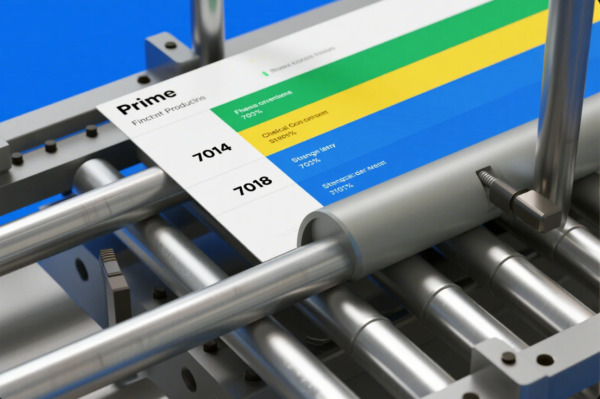
Dive Deeper: Clear Technical Comparison between 7014 and 7018
| Feature | 7014 Rod | 7018 Rod |
|---|---|---|
| Hydrogen Level | Higher | Low, reducing cracking risk |
| Weld Penetration | Moderate | Deep, suitable for critical welds |
| Welding Positions | Flat, horizontal | All positions (including overhead) |
| Handling Ease | Beginner-friendly | Skilled handling needed |
| Storage Conditions | Less sensitive | Moisture-sensitive, special storage |
Prime specializes in precision welding using CNC machining and strict quality controls. For additional technical insights, visit AWS.org.
What is the Hardest Welding Rod to Use?
Selecting challenging welding rods without proper skills can significantly complicate your welding projects.
The 6010 rod is generally considered the hardest welding rod due to its aggressive arc, challenging control, and demand for clean surfaces. It is typically used in pipelines and critical structural joints where deep penetration is essential.
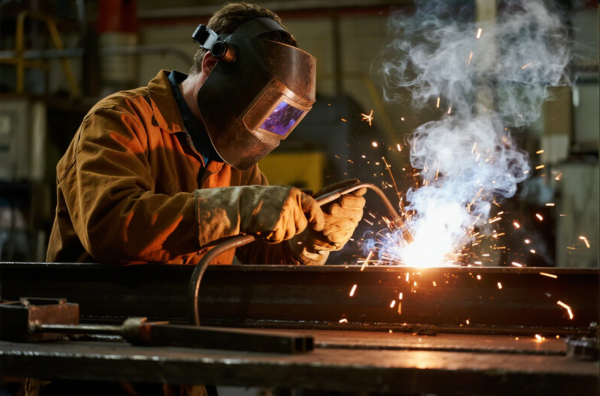
Dive Deeper: Understanding Difficult Welding Rods
Consider the difficulty levels clearly outlined here:
| Rod Type | Difficulty Factors | Typical Applications |
|---|---|---|
| 6010 | Aggressive arc, difficult control | Pipeline welding, structural joints |
| 6011 | Difficult arc, good on rusty surfaces | Repairs, maintenance outdoors |
| 7018 | Moisture sensitivity, precise handling | Structural steel, heavy machinery |
Prime ensures optimal results by adhering strictly to ISO-certified welding standards. Learn more from trusted resources such as MillerWelds.com.
What is a 7018 Electrode Best Used For?
Correctly choosing a 7018 electrode ensures safe, strong, and reliable welds for demanding structural applications.
The 7018 electrode is best used for structural steel, heavy machinery, pipelines, and pressure vessels due to its high tensile strength, low hydrogen content, and deep penetration. It ensures weld integrity in critical safety applications.
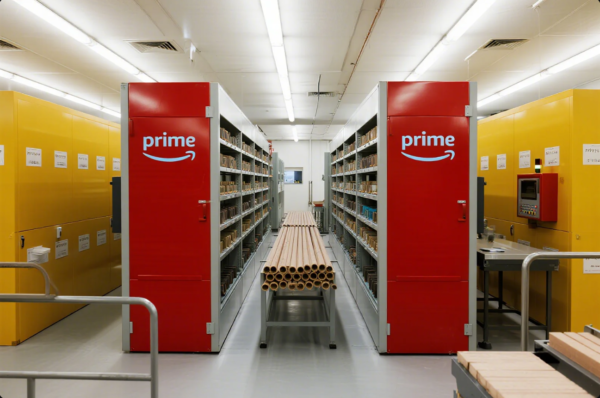
Dive Deeper: Ideal Uses and Important Precautions for 7018 Electrodes
Here’s a clear summary of optimal uses and precautions:
| Application | Benefits | Precautions |
|---|---|---|
| Structural Steel | High strength, crack-resistant welds | Keep electrodes moisture-free |
| Pressure Vessels | Reliable under high pressure | Controlled temperature storage |
| Heavy Machinery | Deep penetration, durability | Preheat heavy steel properly |
Prime maintains rigorous quality controls to meet industry standards. Explore further guidance at ESABna.com.
Frequently Asked Questions (FAQs)
-
Is a 7014 rod suitable for structural welds?
No, structural welds require deeper penetration and lower hydrogen provided by 7018 rods. -
Does the 7018 rod need special storage conditions?
Yes, storing 7018 rods moisture-free prevents weld defects like hydrogen cracking. -
Which rod is better for beginners?
The 7014 rod is easier and recommended for beginners.
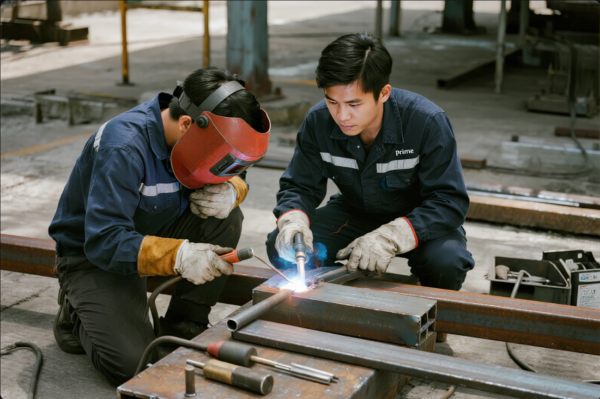
Conclusion
Clearly understanding the differences between 7014 and 7018 welding rods ensures you achieve strong, reliable, and safe welds in every project.
Contact Prime Today for Custom Welding and Metal Components!
Founded in 1993, Shandong Prime International Trade Co., Ltd. specializes in providing premium-quality CNC machining, welding, stamping, casting, and fasteners. Our ISO-certified facilities ensure consistent quality and fast delivery globally.
Visit our website: primecustomparts.com
Email us directly at: [email protected]
Contact us now for personalized consultations, rapid quotes, and customized industrial solutions tailored to your needs.
Visit primecustomparts.com or email [email protected]. Partner with Prime to achieve industrial excellence today!


